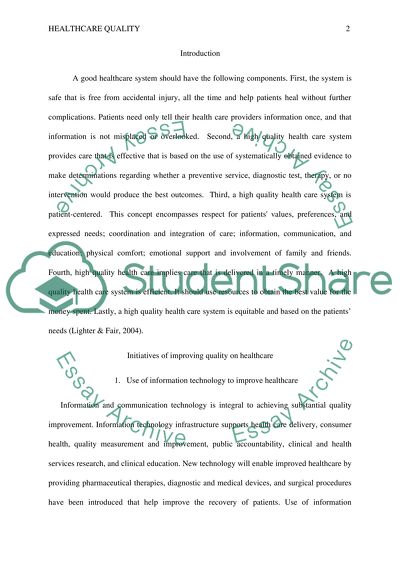Cite this document
(“Healthcare Quality Research Paper Example | Topics and Well Written Essays - 1500 words”, n.d.)
Healthcare Quality Research Paper Example | Topics and Well Written Essays - 1500 words. Retrieved from https://studentshare.org/miscellaneous/1631802-healthcare-quality
Healthcare Quality Research Paper Example | Topics and Well Written Essays - 1500 words. Retrieved from https://studentshare.org/miscellaneous/1631802-healthcare-quality
(Healthcare Quality Research Paper Example | Topics and Well Written Essays - 1500 Words)
Healthcare Quality Research Paper Example | Topics and Well Written Essays - 1500 Words. https://studentshare.org/miscellaneous/1631802-healthcare-quality.
Healthcare Quality Research Paper Example | Topics and Well Written Essays - 1500 Words. https://studentshare.org/miscellaneous/1631802-healthcare-quality.
“Healthcare Quality Research Paper Example | Topics and Well Written Essays - 1500 Words”, n.d. https://studentshare.org/miscellaneous/1631802-healthcare-quality.


